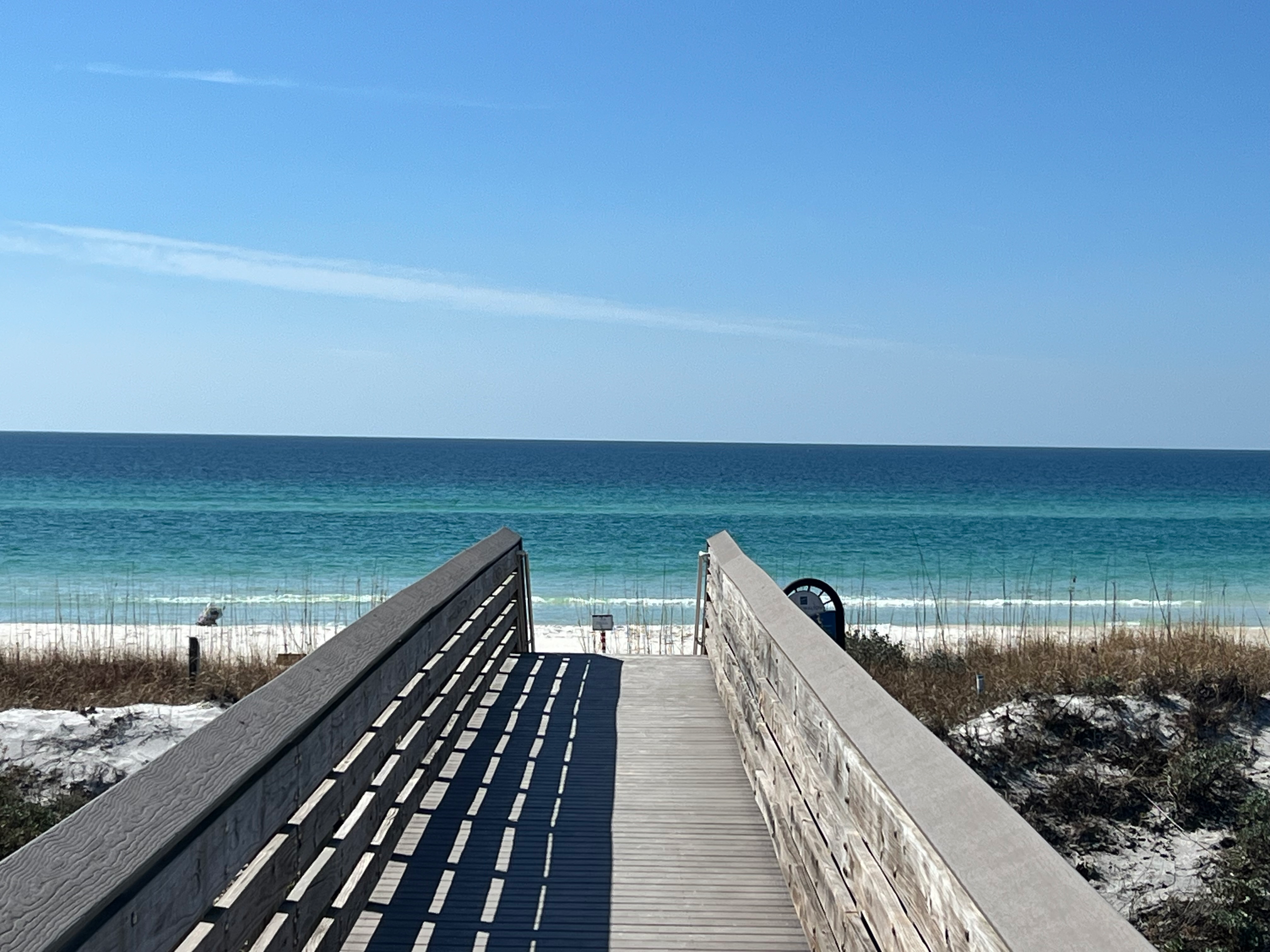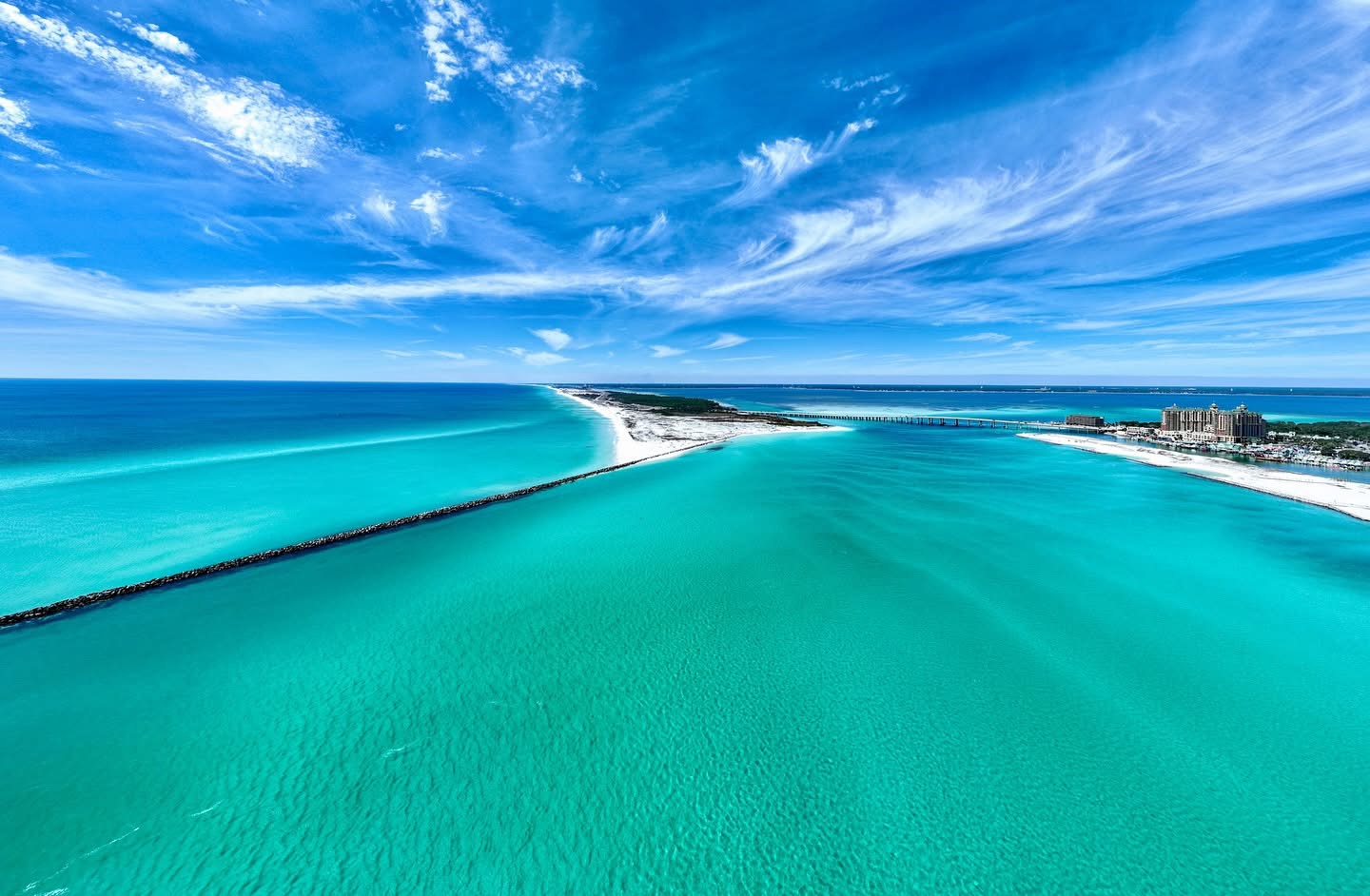30a Beach Access, Rules and News
If you’re planning a beach trip to Scenic Highway 30A in Florida, one of the biggest headaches is figuring out where you can legally set up your towels without getting turned away. Some beaches are fully public, others are privately managed, and the rules are changing fast as of 2025.
In this guide, you’ll get:
- A fully annotated map of public access points
- Clear rules for public vs private / owner-managed beaches
- Tips to avoid being turned away (especially in Rosemary Beach, Seacrest, Alys, etc.)
- Updates on recent legal changes (SB 1622, customary use)
- Backlinks to trusted local sources and county maps for further reading
Let’s dive in.
Understanding Public vs Private / Owner-Managed Beaches on 30A
What’s the difference?
- County-owned public beaches: Open access, no private restrictions.
- Owner-managed private beaches: The public may have limited access (especially in the “transitory zone,” typically ~20 ft landward of the wet/dry line) under certain rules.
- Resort / rental property beaches: Access restricted to guests/owners; no general public access.
Signage is often used to indicate who’s allowed where, and how (walk-in, by permit, etc.).
“Beachgoers cannot access the transitory zone through the owner-managed beach site. Pay attention to signage at these areas …”
Recent Legal Changes: What’s New in 2025
A major shift happened in 2025: Florida Senate Bill 1622 was passed and signed into law. It repealed a 2018 statute that made it harder for local governments to protect customary public access on privately owned dry sand.
- Under the new law, beachfront homeowners now must prove that customary public use does not exist if they want to limit public access.
- The law restores more local control over beach access decisions.
- However, the law does not immediately change access everywhere — the burden rests on challenging private claims in court.
- Some local commentary warns: “What happens on day one? Nothing changes legally — but the framework shifts.”
Bottom line: The legal environment is more favorable to public access now — but you still need to know your local access points and rules.
Here’s your interactive map of 30A public and private beach access points:
📍 Download or open the interactive map (HTML)
How to Tell If a Beach Is Public or Restricted
Here are quick checks you can make on the ground:
- Look for signage
- “Public Beach Access,” “Walk-Up Only,” “No Trespassing,” etc.
- Note: just because there’s a walkway doesn’t mean the sand beyond it is open to all.
- Check for walkovers / boardwalks not tied to a single property
- Those more likely indicate public beachfront.
2. Observe access points vs beachfront houses
- If the only path is through a resort or gated community, likely private.
3. Time windows & usage rules
- On many owner-managed beaches, sunbathing with personal chairs or towels is allowed only from 9 a.m. to 4 p.m. in the transitory zone.
4. Density / spacing control
- Owner-managed beaches may limit public density (e.g. 1 person per 5 ft frontage) to avoid overcrowding.
5. Check the wet/dry sand line
- Even private beaches typically can’t restrict you from walking along the wet sand / surf line, but above the mean high-water mark can be private.
The Private Umbrella / Chair Conflict (Rosemary, Seacrest, Alys)
In many of the highly popular and upscale communities (Rosemary Beach, Seacrest, Alys), beachfront services are run by exclusive vendors or the HOA, and public access—even to the transitory zone—is tightly managed or restricted.
- Rosemary Beach in particular only allows beach access to those staying in the community (via key card / wristband).
- In some communities, people have reported being “escorted off the beach” or asked to move if they set up too far landward of the wet sand.
- Some private beach owners even place cones, ropes, or markers to “claim” space, causing confusion about what’s enforceable.
- However, given the 2025 law changes, the burden is shifting — public use that’s been longstanding may now be more defensible.
If you plan to use beach chairs or umbrellas, always check who operates them and whether they are tied to that stretch of beach. Sometimes the vendor will have a private lease or arrangement.
Tips to Avoid Being Turned Away
- Arrive early — the more remote or less traveled accesses are easier to use before peak crowds.
- Choose stretches with clear public access (see map / table above).
- Respect signage — if it says “Beach Access for Guests Only,” it’s safer to avoid or only use for walking.
- Stay within the transitory zone (wet sand + 20 ft landward) when near private beaches, especially outside 9 a.m.–4 p.m. on owner-managed beaches.
- Use alternate access points (public, state park, walkovers) to avoid conflict.
- Bring your own chairs / umbrella but don’t overstep boundaries — avoid placing them too far landward on a private beach.
- Document (photo timestamped) if asked to move or asked to leave — in rare cases, this is useful if disputes arise.
- Check local maps and websites on the day of your visit — rules or access status can change.
- Use state park access when possible — they’re more robust, well-maintained, less ambiguous.
Sample Local & Government Backlinks to Include
- Visit South Walton — Beach Access FAQs and official maps
- Walton County / Visit South Walton — Beach & Bay Access Locations
- Prominence on 30A — List of public beach accesses along Hwy 30A





